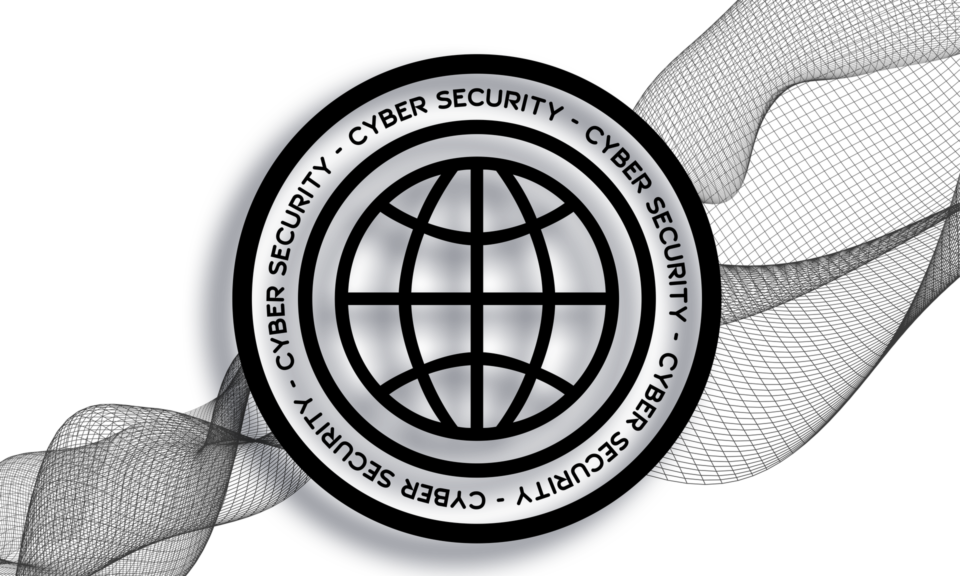
YouTube is one of the most popular destinations online thanks to the entertainment it offers. But where there are lots of people, there are always hackers.
Close to 43% of internet users visit YouTube at least once a month, so this is a significant amount of traffic. Accordingly, this presents hackers with a huge audience to target. Hacking YouTube directly is difficult, so hackers are unlikely to succeed in embedding malware into videos. However, you can embed URLs into video descriptions. These are usually used to redirect the viewer to a destination that is related to the contents of the video. For example, a video advertising a brand’s product may include a link to that product in the video description. But the truth is, this link could take you anywhere.

Spreading Malware on YouTube
Using malicious links on YouTube is nothing new, but security researchers have noted that this technique has been growing in popularity recently. In particular, two specific Trojans have been detected: Raccoon Stealer and RedLine. One of the main reasons that hackers have been targeting YouTube is down to the Google accounts they have already stolen. Setting up a YouTube channel requires you to have a Google account, so it makes sense for hackers to take advantage of YouTube.
The fake YouTube channels are then used to host videos related to topics such as VPNs, malware removal and cryptocurrency. Each video will center around a particular call-to-action, most likely involving the download of a tool e.g. a malware removal application. Viewers will be encouraged to download this from the link in the video description. These links appear to either use a bit.ly or taplink.cc address to redirect users to malicious websites. The users are then instructed to download the relevant tool. Unfortunately, all it will download is malware.
This malware is used to scan PCs for login credentials, cryptocurrency wallets and credit card details before transmitting it to a remote server. The hacker behind the attack can then harvest this data and continue to steal further data from the victim.
Remaining Vigilant Online
The number of threats we face daily seems to be rising daily and it may feel that being vigilant online is an exhausting job. However, it’s crucial for your safety that you remember the basics of online security:
- Be Wary of All Online Links: Even the biggest and most secure websites are at risk of being compromised. YouTube is one of the most popular sites online and yet it still houses hackers in plain view. Therefore, the likelihood of coming across malicious links online is highly likely. Therefore, verify all links before clicking them. A good way to do this is by highlighting the link, copying it and then posting it into Google to see if it brings up any red flags.
- Always Use Antivirus Software: It’s likely, at some point, that you will fall for an infected link at some point. But this doesn’t mean you should remain at the mercy of the malware. You can limit the damage caused by malware by always using antivirus software. This will automatically scan your PC throughout the day and identify any malware. In many cases it will even check all downloaded files and scan them before opening.
- Install All Updates: Many strains of malware will rely on your PC being home to vulnerabilities in software and hardware. However, by regularly installing upgrades and patches, you can ensure that these holes are plugged to prevent hackers getting a foothold. Make sure that you set all updates to automatic to give yourself maximum coverage in terms of protection.
For more ways to secure and optimize your business technology, contact your local IT professionals.







